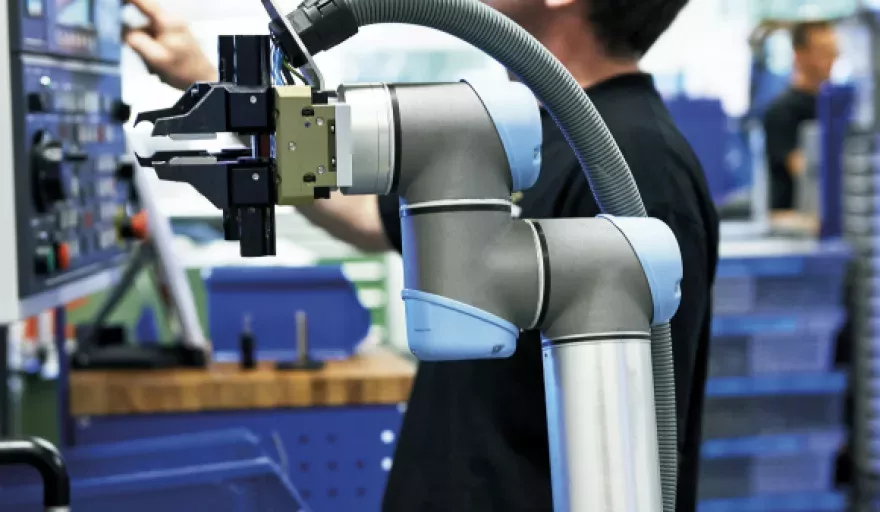The evolution of the manufacturing industry could spark the next industrial revolution – Industry 5.0. Industry 5.0 would ideally be the transformation of the modern manufacturing process to enable man and machine to work hand-in-hand, pairing the unique, cognitive skills of workers and precise, technical skills of robots to inject an innovative culture into the workforce.
One of the most talked-about technology trends in industrial manufacturing is the Fourth Industrial Revolution; also known as Industry 4.0. In a nutshell, the concept of Industry 4.0 encapsulates the development of the manufacturing sector from a laborious mass production model to an integrated, seamless automated factory. This dynamic shift towards automation along the assembly line includes digitalising the entire product value chain, optimising production processes and the integration of networked communication systems.
The Southeast Asian region relies heavily on the manufacturing sector to drive growth for various economies. Manufacturers have come to realise the greater need for more diverse and complex skill-sets to improve productivity in High Mix Low Volume production environments. In the near future, changes to market developments and consumer preferences will push companies to develop more innovative solutions to meet evolving production needs.
MANUFACTURING TRENDS AND CHALLENGES
According to the International Federation of Robotics (IFR), Asia was the largest robot market with approximately 139,300 industrial robots sold in 2014. Today, the adoption of industrial robots is gaining traction in industries across the globe, with Asia, particularly, China and Taiwan, Korea, India and various Southeast Asian markets being identified as key hotspots for growth in the next few years. The growth of the robotics industry can be attributed to manufacturers seeking automation solutions to adapt to the changing dynamics of the modern manufacturing industry.
Today’s manufacturers are faced with multiple challenges. Some of these challenges include the safety of their workers, ensuring consistent quality of their products and keeping overheads to a minimum. Hence, the first industrial robot was created to undertake these heavy, repetitive or hazardous tasks that could pose health risks to workers.
THE FUTURE OF FACTORY AUTOMATION
Industrial robots are a mainstay in production environments and they function as a dependable tool to assist workers in their daily operations. These robots are capable of performing applications based on what it has been programmed to do, such as pick-and-place, machine tending or palletising. The human operator holds the responsibility of programming the robot and installing it based on the needs of the assembly line on the production floor.
However, the key to unleashing the full potential of automation lies in the creativity and imagination of co-workers to elevate production processes to the next level. A new wave of industrial robots, known as collaborative robots (co-bots), was designed to work collaboratively with its co-workers in tight spaces, to enhance the production process.
For example, the employee takes charge of programming the co-bot to perform a precise task, such as dispensing liquids or welding of metal parts. While each product is being produced, the employee can oversee the entire process and rectify any potential issues swiftly as well as inspect the final products visually. With this collaborative process in play, employees can be empowered to take charge of more projects simultaneously or improve on current processes to boost efficiency.
THE NEXT STEP
Today’s advanced technologies and skilled labour force are presenting numerous opportunities that manufacturers can leverage to streamline their production processes. With the advent of industrial robots such as co-bots, factory employees will continue to play an important role as a collaborative co-worker to supervise and ensure that work is done smoothly and safely.
Business owners that are already creating smart factories will soon realise the need to consider what comes next. In today’s rapidly evolving manufacturing environment, companies have to be on top of their game by continuously innovating their products or modernising their production processes. Industry 5.0 is starting to take root in factories today and the collaboration between man and machine will continue to advance. The future holds infinite possibilities for human-robot collaboration.
By Shermine Gotfredsen, General Manager, APAC, Universal Robots



































